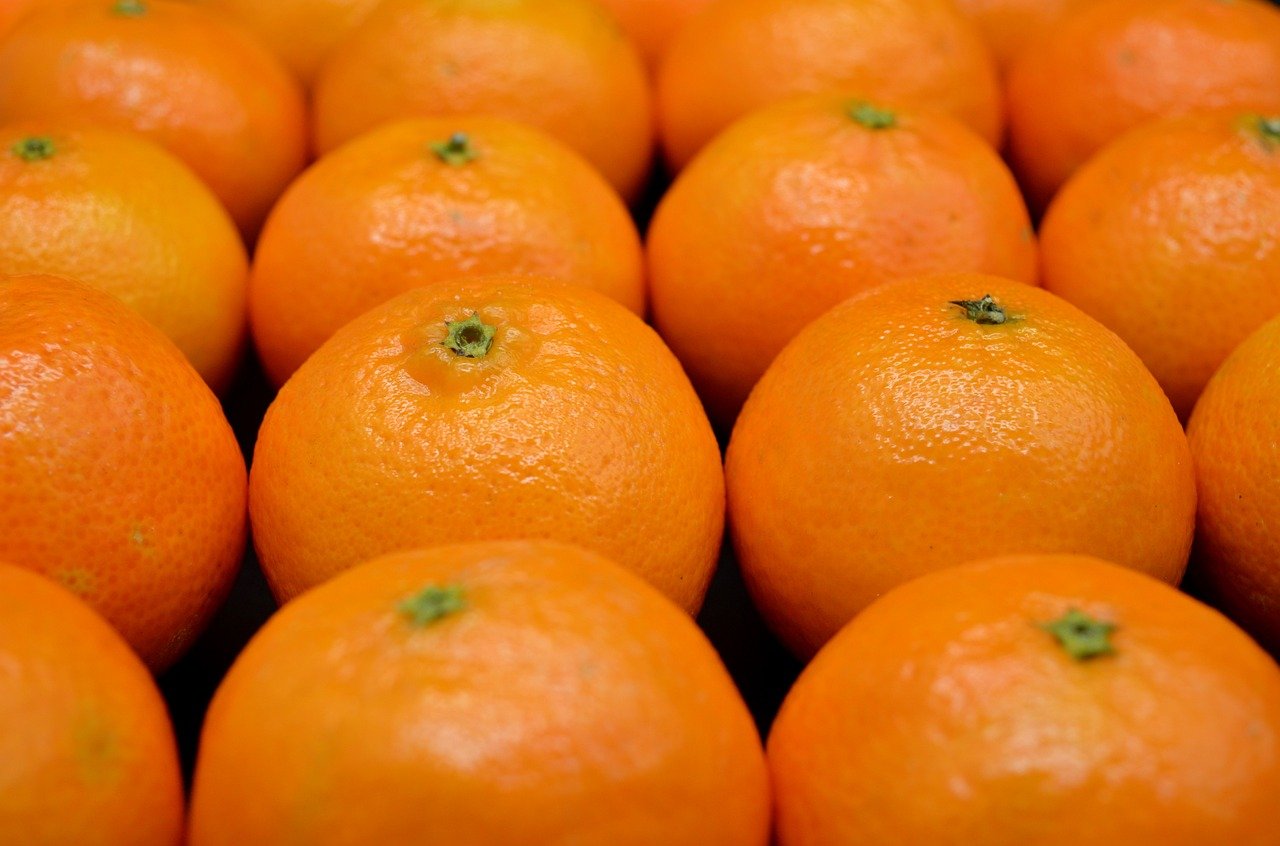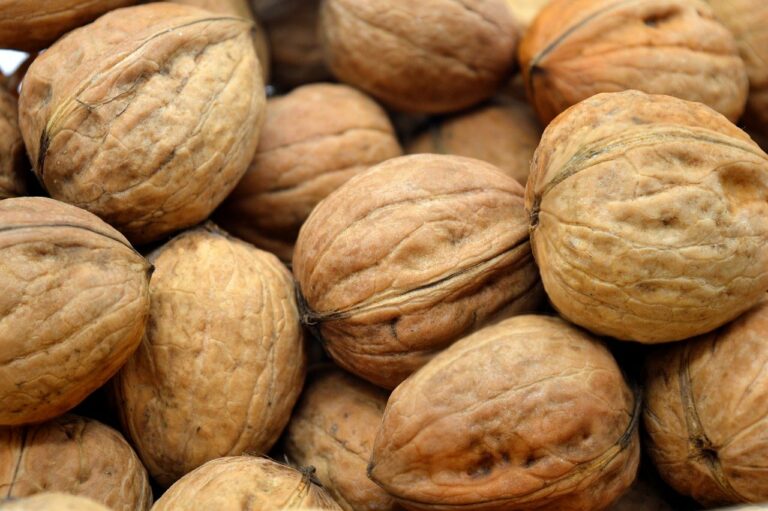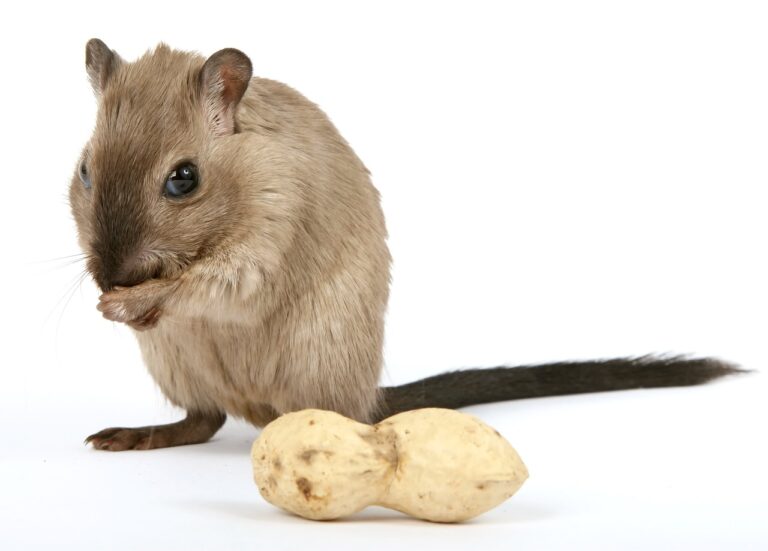The Future of Food Technology: Nanotechnology Applications in Food Production and Packaging
Nanotechnology involves the manipulation of matter on a molecular and atomic scale. By working at such a minuscule level, scientists and researchers can create and study materials with enhanced properties and functionalities. This technology has a wide range of applications across various industries, including electronics, medicine, environmental science, and food production.
One of the key principles of nanotechnology is the ability to control and engineer materials at the nanoscale level. This allows for the creation of unique materials and structures that exhibit novel properties and behaviors not observed in larger-scale materials. As a result, nanotechnology has the potential to revolutionize many aspects of our lives, from improving the efficiency of energy production to enhancing the safety and quality of our food supply.
Enhancing Food Quality and Safety with Nanoparticles
Nanoparticles have emerged as a promising tool in enhancing food quality and safety. These tiny particles, typically ranging from 1 to 100 nanometers in size, exhibit unique properties that can be leveraged to combat foodborne pathogens and spoilage.
One of the key advantages of using nanoparticles in food safety is their ability to penetrate microbial cell membranes, disrupting essential functions and leading to the inhibition of growth. This targeted approach can help in reducing the use of chemical preservatives and pesticides, minimizing the risks associated with their consumption while maintaining the freshness and quality of the food products.
Nanoparticles can penetrate microbial cell membranes
Disrupt essential functions, inhibiting growth of pathogens
Reduce the need for chemical preservatives and pesticides
Applications of Nanotechnology in Food Packaging
Nanotechnology has revolutionized the food packaging industry by offering innovative solutions to enhance food quality and safety. One of the key applications of nanotechnology in food packaging is the development of antimicrobial nanoparticles that can inhibit the growth of bacteria and fungi, thus extending the shelf life of food products. These nanoparticles are integrated into packaging materials like films and coatings to create a protective barrier against contaminants, reducing the risk of food spoilage and contamination.
Moreover, nanotechnology allows for the design of smart packaging systems that can monitor and respond to changes in food quality. By incorporating sensors and indicators at the nanoscale level, packaging can detect factors like temperature, pH, and freshness, providing real-time information on the condition of the packaged food. This not only helps in maintaining the quality of the product but also ensures consumer safety by alerting them to any potential hazards or issues with the food product.
What is nanotechnology?
Nanotechnology is the manipulation of materials at the nanoscale, typically 1 to 100 nanometers in size.
How can nanoparticles enhance food quality and safety?
Nanoparticles can be used to create antimicrobial coatings on food packaging, extend the shelf life of perishable foods, and detect food spoilage through smart packaging.
What are some applications of nanotechnology in food packaging?
Some applications include the development of oxygen scavengers to prevent oxidation, antimicrobial films to inhibit the growth of bacteria, and nanosensors to monitor food freshness.
Are there any potential risks associated with using nanoparticles in food packaging?
While nanoparticles have shown great promise in improving food safety and quality, there are still concerns about their potential impact on human health and the environment. Further research is needed to fully understand these risks.







